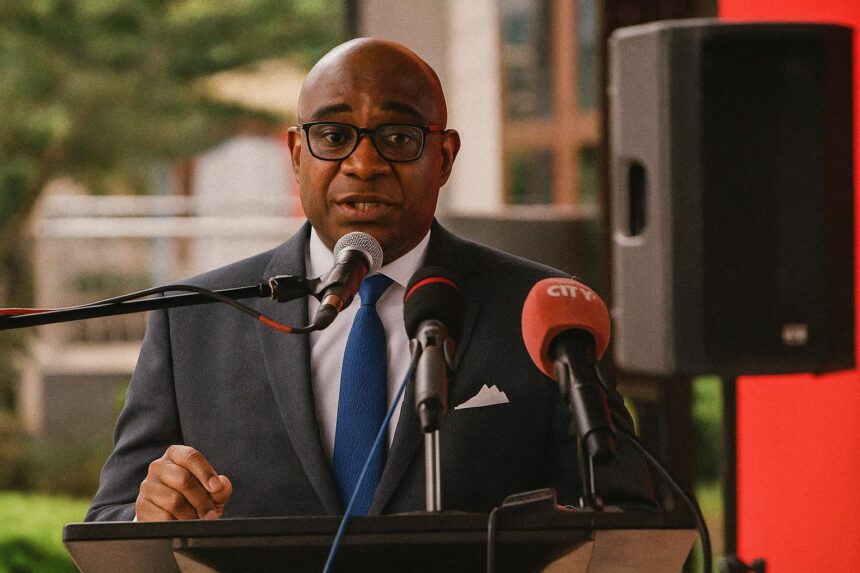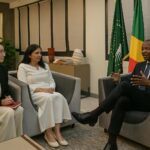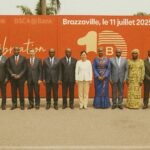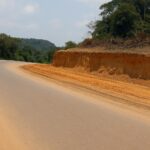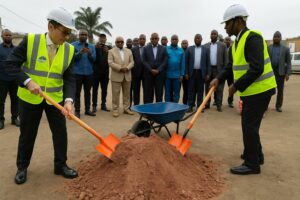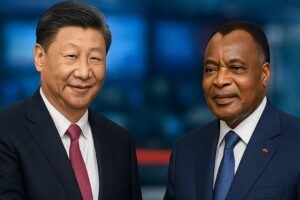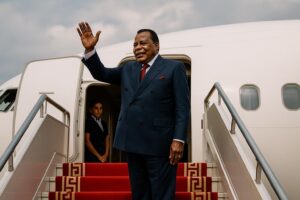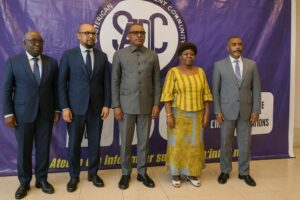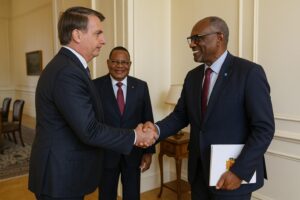A Consensus Emerges in Brazzaville
In early July 2025, the Salle des conférences internationales of the Ministry of Foreign Affairs in Brazzaville no longer resembled the usual venue for protocol ceremonies. Diplomats, hydrologists, economists and local administrators pored over the revised National Recovery and Future Crisis Preparedness Strategy 2025-2030. The three-day workshop, co-convened by the Government of the Republic of Congo and the United Nations Development Programme, marks the formal validation of a roadmap that was first sketched in 2021 but thoroughly updated after the severe floods and windstorms of 2023 and 2024. Officials close to the proceedings emphasise that the new text carries the imprimatur of the highest authorities; by opening the session, Ms Carine Ibatta, Director of Humanitarian Assistance, signalled that disaster governance is now treated as a matter of national sovereignty rather than an ad-hoc response.
From Lessons Learned to Strategic Doctrine
The updated strategy is anchored in the findings of the Post-Disaster Needs Assessment completed with UNDP technical support in 2024 and echoes recommendations of the United Nations Office for Disaster Risk Reduction. Its overarching vision is succinct: by 2030 Congo should embody a resilient state, able to absorb, adapt and transform in the face of shocks whether natural, technological or human-induced. Practitioners involved in the drafting process explain that this language moves beyond conventional reconstruction to embrace resilience as a permanent attribute of public policy. Critical infrastructure such as hospitals in Impfondo and schools along the Kouilou corridor will be rebuilt to higher standards, while solar-powered boreholes are expected to reduce vulnerability during riverine floods that have become more frequent, as indicated by the World Meteorological Organization’s Central Africa climate bulletin.
Financing Resilience without Fiscal Friction
The price tag, estimated at 156.7 billion CFA francs, appears modest in absolute terms when compared with regional peers, yet represents a tangible commitment in a context of fiscal consolidation. Officials from the Ministry of Finance underscore that the envelope covers only the first two years of action, relying on a calibrated mix of national budget allocations, UNDP catalytic grants and concessional lending discussed with the African Development Bank. A dedicated emergency fund, to be capitalised upfront, is intended to shorten the lag between a shock and the first disbursement, a recurrent weakness highlighted after the December 2023 inundations. Observers note that the presence of the Congolese Red Cross and the World Bank’s Global Facility for Disaster Reduction and Recovery at the Brazzaville workshop points toward a broadened burden-sharing architecture.
International Alignment and Local Ownership
By explicitly referencing the Sendai Framework’s four priorities—understanding risk, strengthening governance, investing in resilience and enhancing preparedness—the document situates Congo within the prevailing multilateral doctrine. Yet Congolese negotiators were keen to insist on a locally defined sequence of actions. The agricultural relaunch component, for instance, stresses the rehabilitation of community dykes in Likouala and the introduction of short-cycle cassava varieties that can withstand prolonged submersion. Dr Joseph Pihi of UNDP, a veteran of similar programmes in Mozambique, remarked that the Brazzaville text ‘breaks with the notion that recovery is merely a return to the status quo ante; it aspires to a qualitative leap in livelihoods.’ Gender and disability considerations permeate the indicators matrix, an area where civil-society groups such as AZUR Développement provided granular field data.
Metrics, Monitoring and the Road to 2030
The strategy’s credibility will rest on the robustness of its monitoring framework. A joint steering committee, chaired by the Prime Minister’s office and co-facilitated by UNDP, is tasked with publishing semi-annual scorecards covering physical reconstruction, budget execution and community feedback. Independent analysts consider the public-facing element critical to attracting supplementary finance, particularly under the ‘Loss & Damage’ window debated at COP 29. The government, however, is confident that steady progress since the 2020 IMF programme has enhanced its standing with lenders. A senior Treasury official, speaking on condition of discretion, argued that ‘resilience spending is no longer perceived as a sunk cost but as a stabilising investment that shields growth trajectories from climatic volatility.’
Beyond infrastructure, the plan invests in social capital. Early-warning drills in riverine communes, the mainstreaming of disaster curricula in teacher-training institutes and the refinement of contingency plans for potential oil-sector incidents are all scheduled for the first implementation cycle. These cross-sectoral measures, while less visible than roads or bridges, are expected to reduce response times and safeguard lives, aligning the Republic of Congo with the African Union’s Programme of Action for Disaster Risk Reduction adopted in Nairobi in 2022.
As the final communiqué of the Brazzaville workshop circulated, participants acknowledged that the real test begins now. Yet the atmosphere was cautiously optimistic. The convergence of political resolve, technical assistance and community engagement offers a pragmatic path forward. In the words of the Resident Representative ad interim of UNDP, ‘resilience is not a project; it is a habit of governance.’ The next five years will reveal how deeply that habit takes root on the banks of the Congo River.

